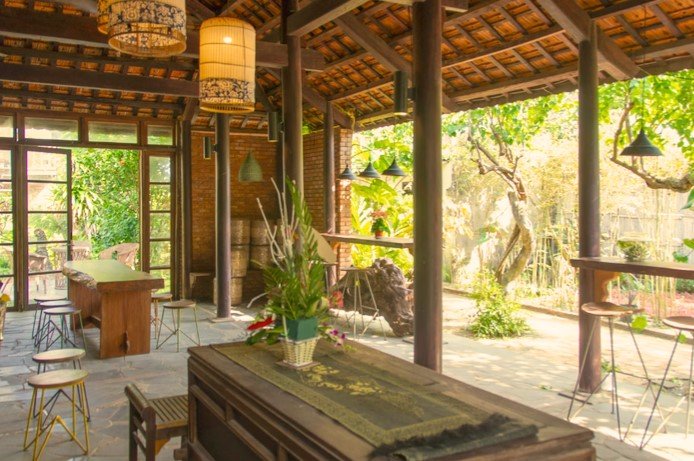Varieties of Spider Plants
Spider plants, scientifically known as Chlorophytum comosum, are in fact exotic flowering indoor plants so many of which will perfectly fit your indoor gardening ideas.
In this detailed guide, we will get into planetary types as one of the key components to provide a complete overview.
Let’s explore the various spider plant varieties:
1. Zebra Spider Plant
Firstly, we go for the Zebra spider plant for the others (especially those who are enthusiastic for plants), also known as Chlorophytum laxum ‘Zebra’. True fanatics might term it differently, the Zebra Grass Spider plant is also a different name for this species. And exactly as it is called, the Zebra spider plant actually has the same colored green foliages except for its borders which are in white. Growth conditions can be optimized with indirect light and the temperatures between 65 and 75 Fahrenheit degrees.
2. Vittatum Spider Plant
Second is the Vittrium variety of the spider plant often referred to as Chlorophytum comosum ‘Vittatum’or Variegated Spider Plant. This hybrid, known as “Variegated,” has the ability to make indoor growers truly love it.
3. Bonnie Spider Plant
The humble spider plant might be small in stature, but it boasts one quite the character. Among the varieties people seem to love the most is the “Bonnie spider plant,” also known as Chlorophytum comosum ‘Bonnie.’ It is also popularly called the “curly spider plant” thanks to its curly leaves. Normally, a Bonnie spider plant grows up to 8 inches, but sometimes it can grow higher (18 inch). The plant can have bright yellow flowers if it is cared for in a medium light level, however, a well-draining soil with monthly liquid feedings while actively growing are other feedings which need to be taken care of.
4. Shamrock Spider Plant
This is also true for the Shamrock spider plant (Chlorophytum comosum ‘Shamrock’), which has leaves identically colored to the Shamrock Shakes you know so well. The small size, which is less expected exceed 20 cm. in either direction, makes it ideal to be used for both smaller and larger gardens indoors. From the growing environment, it is utterly important to provide regular watering and elimination of direct sunlight.
5. Reverse Variegatum Spider Plant
Another beloved variety is the Reverse Variegatum (Chlorophytum comosum ‘Variegatum’), known for its appealing leaf arch and green centers with white margins. This spider plant can grow up to 16 inches wide and three feet long when fully mature, requiring less frequent watering during colder months.
6. Ocean Spider Plant
The Ocean spider plant, or Chlorophytum comosum ‘Ocean,’ derives its name from the curling shape of its leaves, resembling ocean waves. Typically reaching sizes of eight inches in both width and length, it thrives in moderate temperatures and bright, indirect light.
7. Hawaiian Spider Plant
The Hawaiian spider plant, a hybrid Chlorophytum viridescens, is also known as the Golden Glow plant. With long, bright green leaves and occasional yellowish stripes, it requires well-draining soil and moderate sunlight.
8. Chlorophytum Spider Plant
Chlorophytum capense, commonly known as the Chlorophytum spider plant, features linear green leaves and may produce star-shaped white flowers. It prefers semi-shaded environments and moderate watering.
9. Atlantic Spider Plant
Lastly, the Atlantic spider plant, or Chlorophytum comosum ‘Atlantic,’ exhibits mostly white leaves with dark green edges and curling foliage. Staying relatively small, it thrives in partial shade and requires moderately acidic soil.
Each spider plant variety offers its own unique charm and care requirements, contributing to the vibrant diversity of indoor gardens.










